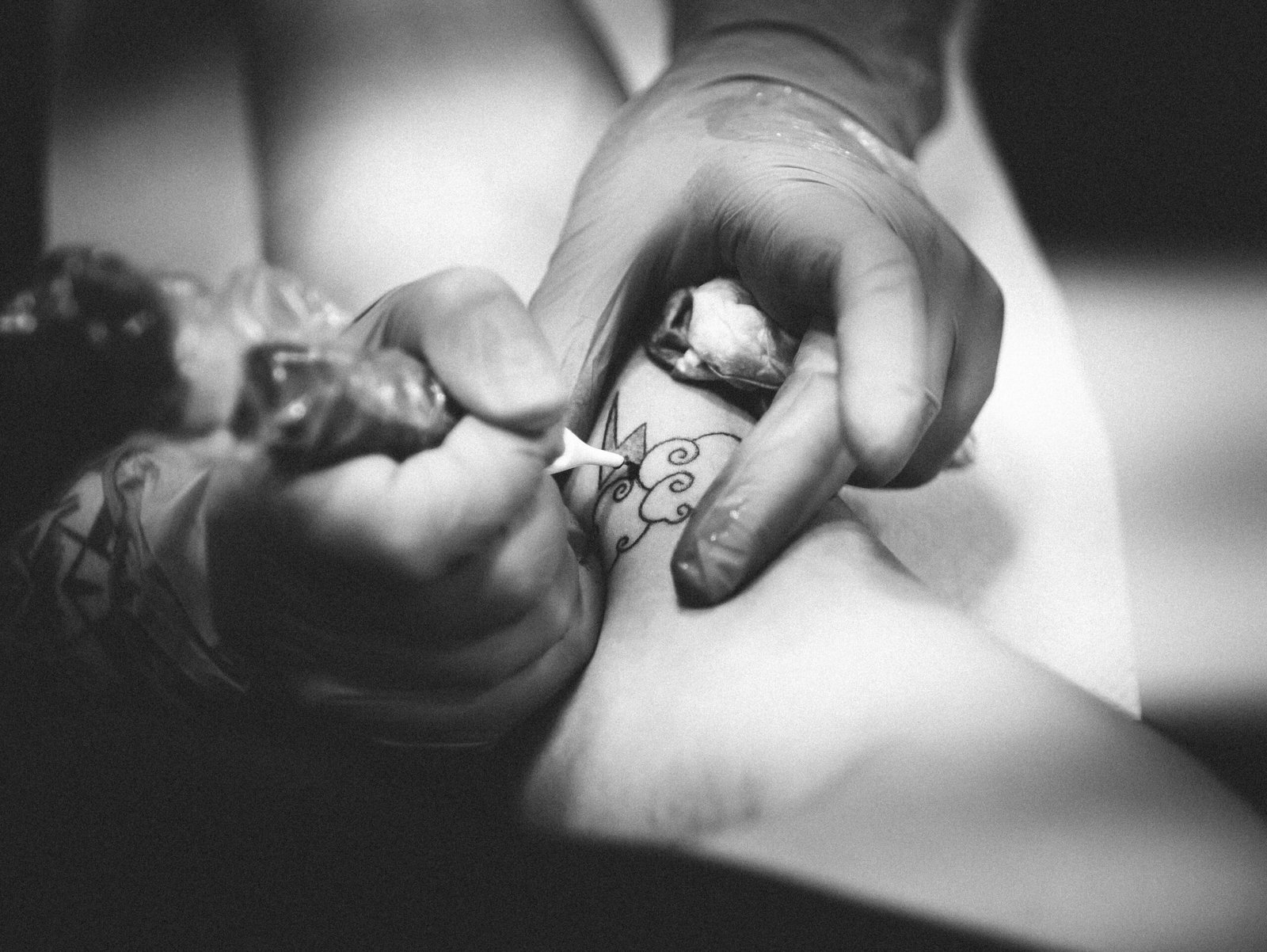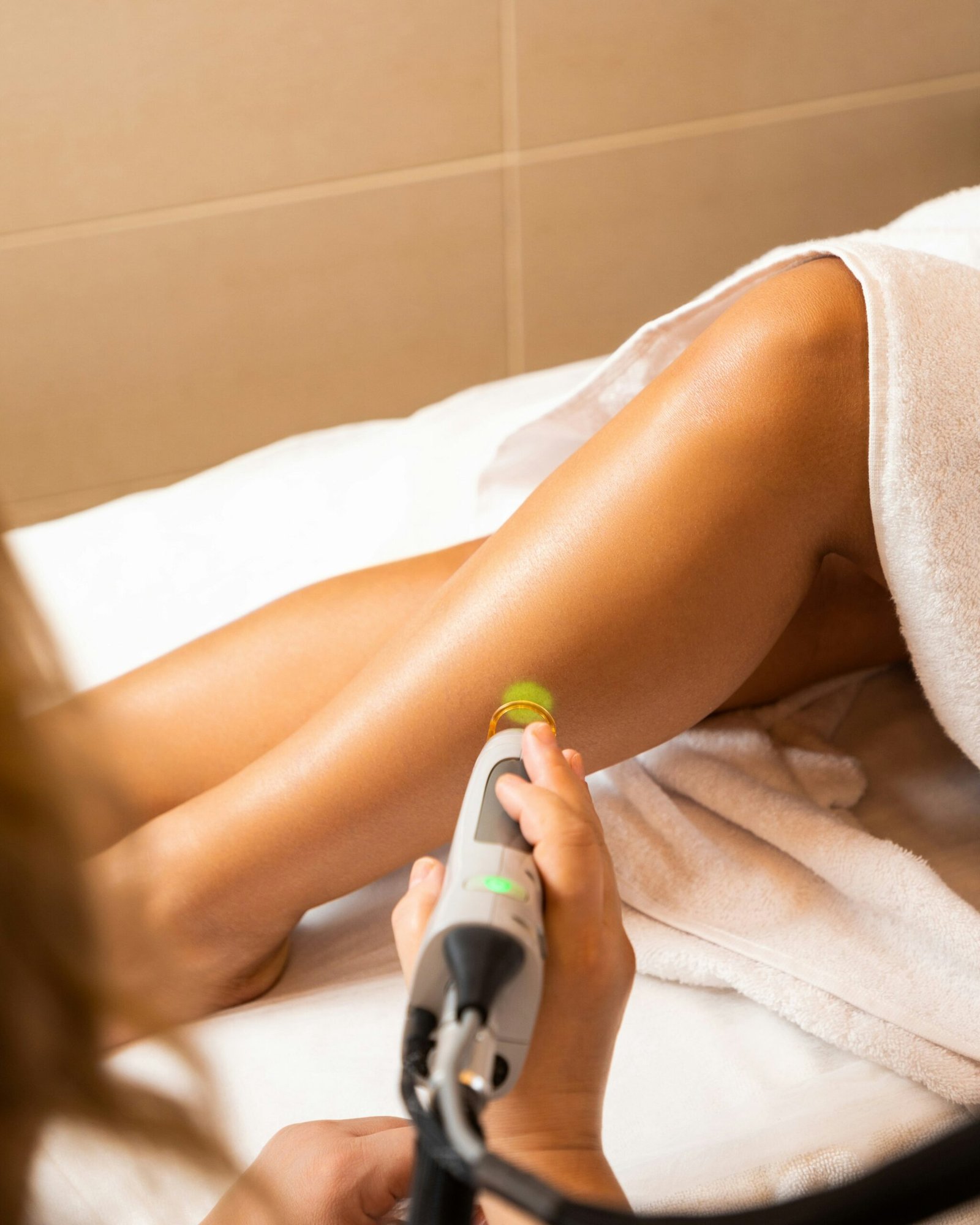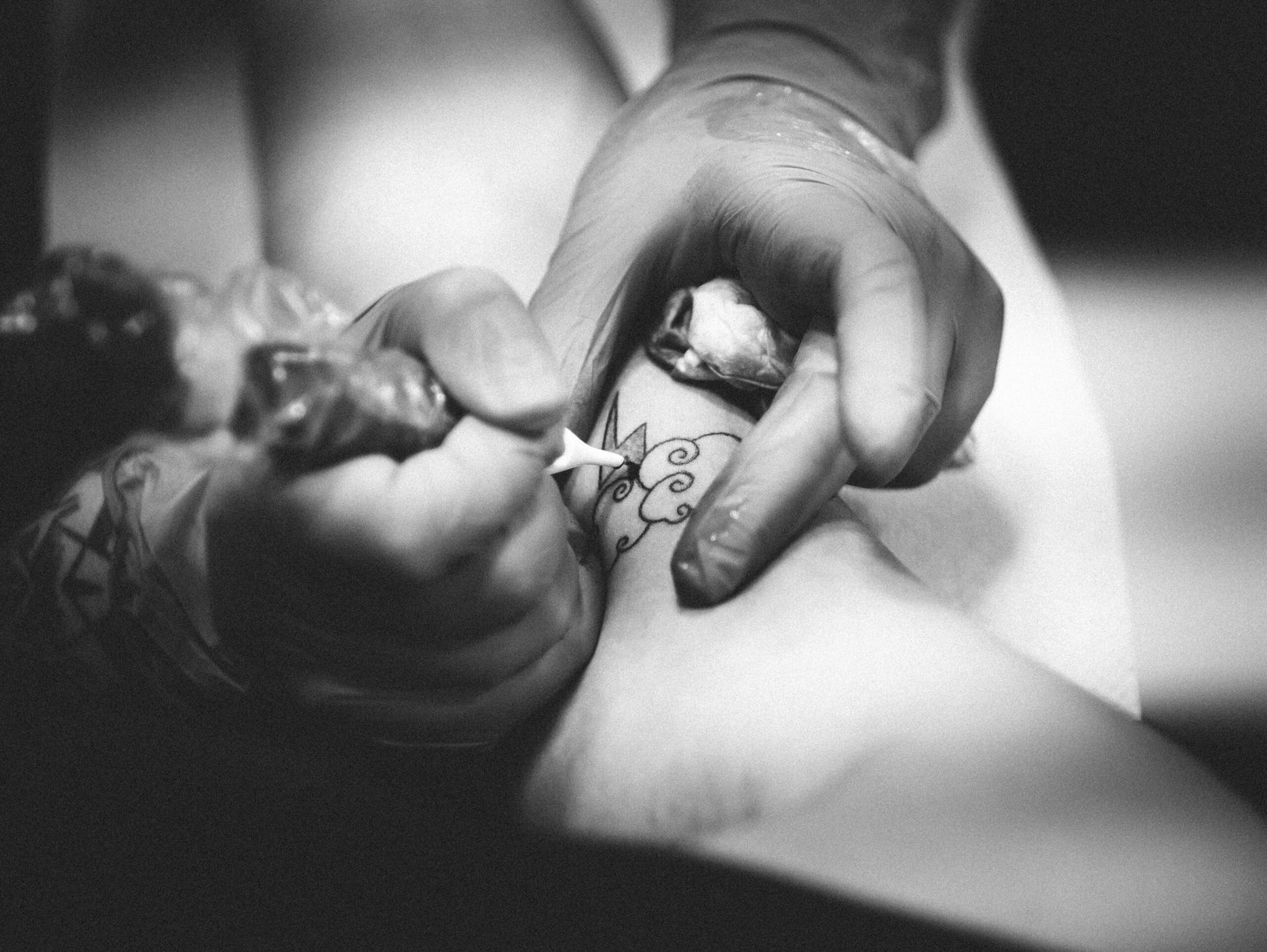Revolutionizing Skincare with Picosecond Pico Lasers
“`html
Introduction to Picosecond Pico Lasers
Picosecond pico lasers represent a significant advancement in the field of laser technology, particularly in the realm of skincare treatment. Unlike traditional lasers that operate on the nanosecond scale, picosecond lasers deliver pulses in the trillionth of a second, also known as one picosecond. This ultra-short pulse duration allows for a more precise and targeted approach to skin treatment, minimizing damage to surrounding tissues and enhancing overall efficacy.
The key difference between picosecond pico lasers and conventional laser technologies lies in the duration and intensity of the laser pulses. While traditional lasers have pulses lasting several billionths of a second, the picosecond laser’s pulse is much shorter, leading to higher peak power. This increase in peak power enables the laser to break down pigment particles and irregular tissue structures more efficiently and with less thermal damage. As a result, picosecond pico lasers are highly effective in the treatment of various skin conditions, including pigmentation spots, acne scars, and fine lines.
In practical applications, the principle of picosecond pulses is harnessed to achieve superior results in skincare treatments. The ultra-fast pulse duration translates to a photomechanical impact rather than a photothermal one. This means that the laser energy is converted into mechanical energy, breaking down the target structures into tiny particles that the body can then naturally eliminate. Additionally, this non-thermal mechanism helps in reducing the risk of inflammation and downtime, making the treatment suitable for a wider range of skin types and conditions.
The advancements in picosecond pico laser technology have opened new doors for dermatological treatments, offering patients effective and safer options. As these lasers continue to evolve, they promise to play a crucial role in the future of skincare, providing targeted treatments with minimal discomfort and swift recovery times.
“`
Advantages of Picosecond Pico Lasers in Dermatology
Picosecond pico lasers represent a significant advancement in dermatological procedures, offering numerous benefits that set them apart from traditional technologies. One of the primary advantages of these lasers is their unparalleled precision. The pico technology allows the laser to target specific skin concerns, such as pigmentation issues, with exceptional accuracy. This precision minimizes the risk of collateral damage to surrounding tissues, which is a considerable improvement over previous laser technologies, such as nanosecond lasers.
The speed at which picosecond pico lasers operate is another notable benefit. Operating at pico-second intervals means that these lasers can deliver rapid bursts of energy, effectively shattering pigment particles and stimulating collagen production more efficiently than their predecessors. This results in swifter treatment sessions and reduced overall downtime for patients, making the procedure more convenient and less disruptive to daily life.
Moreover, the reduced damage to surrounding tissues is a crucial advantage of picosecond pico lasers. The laser’s ultrafast pulses confine the thermal damage to the target area, leading to less inflammation and a more comfortable post-treatment experience. As a result, patients experience faster recovery times and fewer complications, such as scarring or prolonged redness, which are often concerns with other laser treatments.
When compared to nanosecond lasers and other skincare technologies, picosecond pico lasers demonstrate superior efficacy and safety profiles. Nanosecond lasers, while effective, tend to generate more heat, potentially causing greater tissue damage and a longer healing process. On the other hand, picosecond pico lasers’ brief pulses significantly reduce the heat generated during treatment, contributing to their gentler impact on the skin.
In summary, the introduction of picosecond pico lasers in dermatology has revolutionized skincare treatments by offering precise, quick, and minimally invasive solutions. Their ability to deliver targeted treatments with less damage and faster recovery times makes them a superior choice over traditional laser technologies and other skincare methods.
Common Applications and Procedures
Picosecond pico lasers have emerged as a groundbreaking technology in the realm of dermatology, offering a myriad of applications to address various skin conditions and aesthetic concerns. One of the most prominent uses of this advanced laser technology is in tattoo removal. Traditional methods, which often required numerous sessions and resulted in considerable discomfort, have now been surpassed by picosecond pico lasers. These lasers work by delivering ultra-short laser pulses that shatter the ink particles more efficiently, leading to faster and more effective removal with fewer sessions and minimal side effects.
Another significant application of picosecond pico lasers is pigmentation correction. Hyperpigmentation disorders, such as melasma, age spots, and sun damage, can be visibly reduced using this technology. The laser targets and breaks down pigment particles without damaging the surrounding skin, promoting a more even skin tone. This precision makes it a preferred choice for patients seeking a reliable and safe solution to their pigmentation issues.
Acne scars, a common concern for many individuals, can also be effectively treated with picosecond pico lasers. The procedure stimulates collagen production and remodeling of the skin, leading to smoother and clearer skin texture. The non-invasive nature of the treatment, combined with shorter recovery times, has garnered positive feedback from patients who have experienced significant improvements in their skin condition.
Furthermore, picosecond pico lasers are utilized for skin rejuvenation. The laser energy promotes neocollagenesis, which is the formation of new collagen, and elastogenesis, resulting in firmer, more youthful-looking skin. This comprehensive rejuvenation procedure addresses multiple signs of aging, such as fine lines, wrinkles, and sagging skin, making it a holistic option for those seeking non-surgical facelift alternatives.
Case studies and testimonials from dermatologists and patients further illustrate the efficacy of picosecond pico lasers. For instance, Dr. Jane Smith, a renowned dermatologist, reports a 90% success rate in pigmentation treatments using picosecond lasers. Similarly, John Doe, a patient who underwent tattoo removal, recounts his positive experience, noting significant fading of his tattoos after just three sessions.
Safety and Aftercare Considerations
Picosecond Pico Lasers represent a significant advancement in skincare technology, offering unparalleled results in treating various skin conditions. However, the use of such powerful devices necessitates stringent safety protocols to safeguard patients. Prior to undergoing a picosecond pico laser treatment, it is imperative to consult with a certified dermatologist or a qualified skincare professional. This initial consultation helps in assessing skin type, medical history, and suitability for the treatment, thereby mitigating potential risks.
During the treatment, the practitioner adheres to rigorous safety measures. Goggles are provided to protect the eyes from the intense laser beams. The skin is often pre-treated with a numbing cream to minimize discomfort. It is crucial to avoid exposure to the sun and discontinue the use of certain medications or skincare products that might increase sensitivity.
Common side effects of picosecond pico laser treatments are typically mild and transient. Patients may experience redness, swelling, or temporary pigmentation changes. These reactions usually resolve within a few days. However, it is essential to be aware of contraindications such as active infections, open wounds, or certain medical conditions that may preclude individuals from receiving this treatment.
Aftercare is equally important and plays a pivotal role in ensuring optimal results and minimizing complications. Patients are advised to keep the treated area clean and moisturized. Avoiding sun exposure and using a broad-spectrum sunscreen with a high SPF is paramount to prevent hyperpigmentation. Additionally, refraining from vigorous physical activities, hot baths, and saunas for at least 48 hours post-treatment can help in reducing the risk of adverse effects.
Proper hydration and a healthy diet can support the skin’s healing process. Should any unusual or prolonged side effects occur, it is recommended to contact the treating professional promptly. By adhering to these safety and aftercare guidelines, patients can significantly enhance the benefits of picosecond pico laser treatments and achieve a rejuvenated, radiant complexion.







